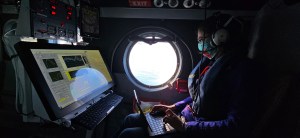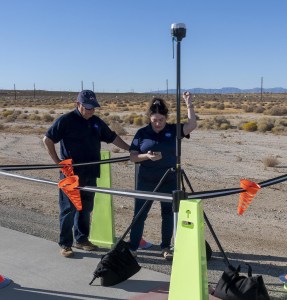The Stratospheric Observatory for Infrared Astronomy (SOFIA) was a mission of discovery, revealing unseen – and sometimes unseeable – parts of our universe. As the mission draws to a close, with flights ending on Thursday, Sept. 29, NASA is taking a look back at the scientific accomplishments of SOFIA and some of the feats of engineering that let it fly.
“From deepening our understanding of water on the Moon to revealing the invisible forces of cosmic-scale magnetic fields, none of it could have happened without the hundreds of people who contributed their expertise to the SOFIA mission,” said Naseem Rangwala, the mission’s project scientist at NASA’s Ames Research Center in California’s Silicon Valley.
From the start of its development in 1996, SOFIA required engineering ingenuity. A Boeing 747SP jetliner had to be modified to carry the 38,000-pound, 100-inch (more than 17,000-kilogram, 2.5-meter) telescope provided by NASA’s partner on the SOFIA mission, the German Space Agency at DLR.
Engineers at Ames developed a garage door-like mechanism that rolled up to let the telescope observe the skies. In that configuration, it was “one of the largest open ports ever flown on an aircraft,” said Paul Fusco, a NASA engineer, now retired, who helped design the door system, “and the largest certified to fly at all altitudes and speeds with the door open. It was a really thrilling aviation innovation.”
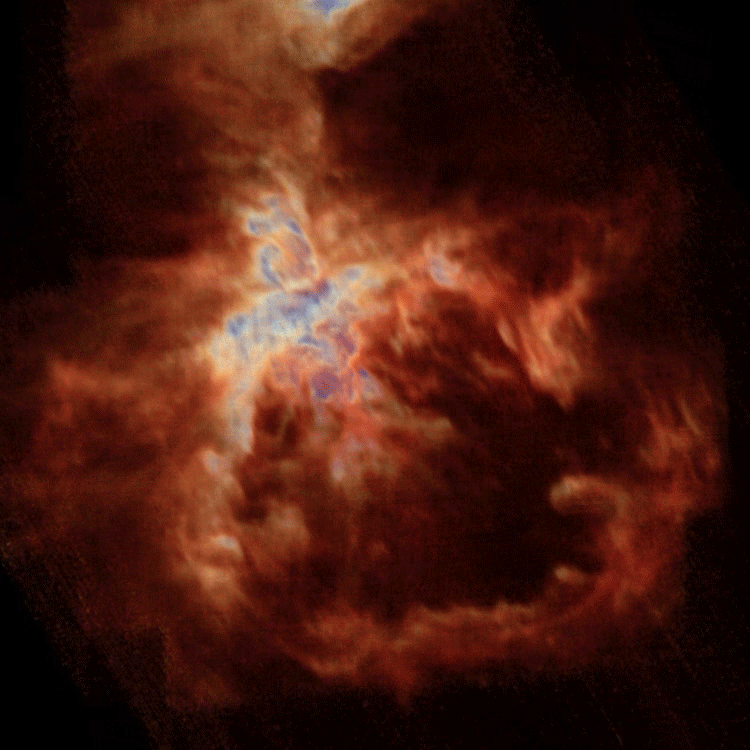
The mission’s pilots couldn’t even feel when the door was open. And the stability of the telescope itself was equivalent to keeping a laser pointer steady on a penny from 10 miles away. SOFIA had achieved a smooth flight and a steady gaze.
And that was only the beginning. By 2014, the observatory had reached its full operational capability, and for eight years SOFIA helped astronomers around the world use infrared light to study an impressive array of cosmic events and objects invisible to other telescopes.
“SOFIA’s unique scientific achievements were the result of the ingenuity of the incredible international community that grew up around the mission,” said Alessandra Roy, SOFIA project scientist for the German Space Agency, “which was only made possible by the collaboration of NASA and DLR.”
A community of high school teachers also came to know SOFIA personally, through the NASA Airborne Astronomy Ambassadors program. This professional development opportunity included an immersion experience flying aboard SOFIA with scientists and crew members. Participating teachers were able to bring this real-world science content back to their classrooms and reveal diverse STEM-related careers to students.
Now, the observatory is being retired. Science flights have ended, and the team is exploring options for a fitting permanent home for this special aircraft. SOFIA’s data from a total of 732 nights observing over the course of the mission will also be publicly available for scientists to study and conduct further research in the future.
“Infrared astronomy will go on at NASA, most notably with the James Webb Space Telescope,” said Paul Hertz, senior advisor for NASA’s Science Mission Directorate, former Astrophysics Division director, and former SOFIA program scientist. “But SOFIA’s many and diverse contributions to science have already left their mark.”
Here are some ways in which SOFIA changed our understanding of the universe. Scroll down to read on, or follow a topic with the links below:
- Discovery of Water on Sunlit Portion of Moon
- Finally Detected: First Type of Molecule Ever to Form in Universe
- Ultra-Time-Sensitive Observations
- Revealing the Magnetic Universe
- New Way to Study Earth’s Atmosphere, Climate
- A Star Is Born – or Not

Discovery of Water on Sunlit Portion of Moon
Although SOFIA’s telescope wasn’t originally configured to look at the Moon, its lunar observations confirmed, for the first time, water on the sunlit surface of the Moon. This meant water may be distributed across the lunar surface, and not limited to cold, shadowed places.
NASA is eager to learn about water on the Moon in advance of sending humans to the lunar surface with the Artemis missions. SOFIA’s data also adds to the work of future Moon missions, such as NASA’s water-hunting Volatiles Investigating Polar Exploration Rover.
The Moon was not SOFIA’s only target in our solar system. The observatory also studied the circulation of gases within Jupiter’s atmosphere, the possibility that comets delivered carbon to planets like Earth, and, just recently, the asteroid that will be explored by NASA’s Psyche mission – to name a few.
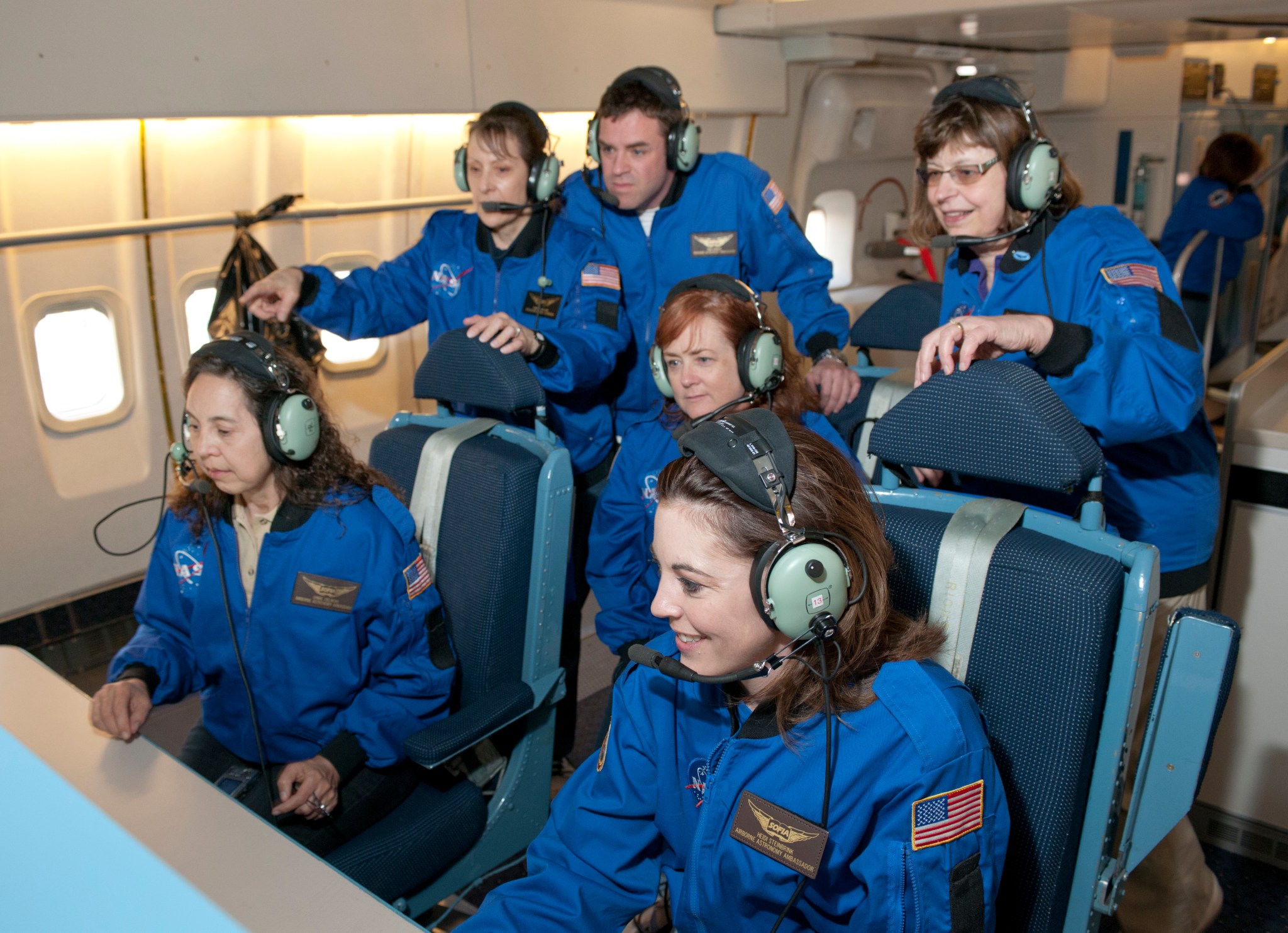
Finally Detected: First Type of Molecule Ever to Form in Universe
After decades of searching by astronomers, SOFIA detected, for the first time in space, the first type of molecule that ever formed in the universe.
SOFIA’s work in astrochemistry also shed light on one way water gets distributed in the universe. The mission explored the life cycle of materials in space, too: clouds of simple gases that form more complex gases and, ultimately, stars and star systems.
Ultra-Time-Sensitive Observations
SOFIA’s mobility allowed it to capture extremely fleeting events in astronomy over remote locations.
In 2015, Pluto passed directly between a distant star and the Earth, giving scientists a rare chance to analyze its atmosphere while backlit by the star. And the only observatory that could position itself over the open ocean, directly in the center of Pluto’s shadow racing across Earth’s surface, was SOFIA.
SOFIA was nimble, which also helped it provide long-term monitoring – as for a surprisingly long, bright outburst by a protostar in the Cat’s Paw Nebula – and respond quickly, when needed. This was the case in 2014 when an exploding star, a supernova, was spotted – the brightest and closest to Earth in decades.
Revealing the Magnetic Universe
SOFIA’s most paradigm-shifting contributions may have been in letting astronomers “see” and map magnetic fields on smaller scales than ever before.
One study revealed magnetic fields, once thought to slow star birth by preventing gravity from pulling raw material into a growing star, may sometimes work with gravity to nourish the birth of stars.
SOFIA studied the roles magnetic fields play in the cosmos across a range of scales – from star formation on the “small” end to phenomena shaping entire galaxies, feeding blackholes, and causing whole galaxies to merge.
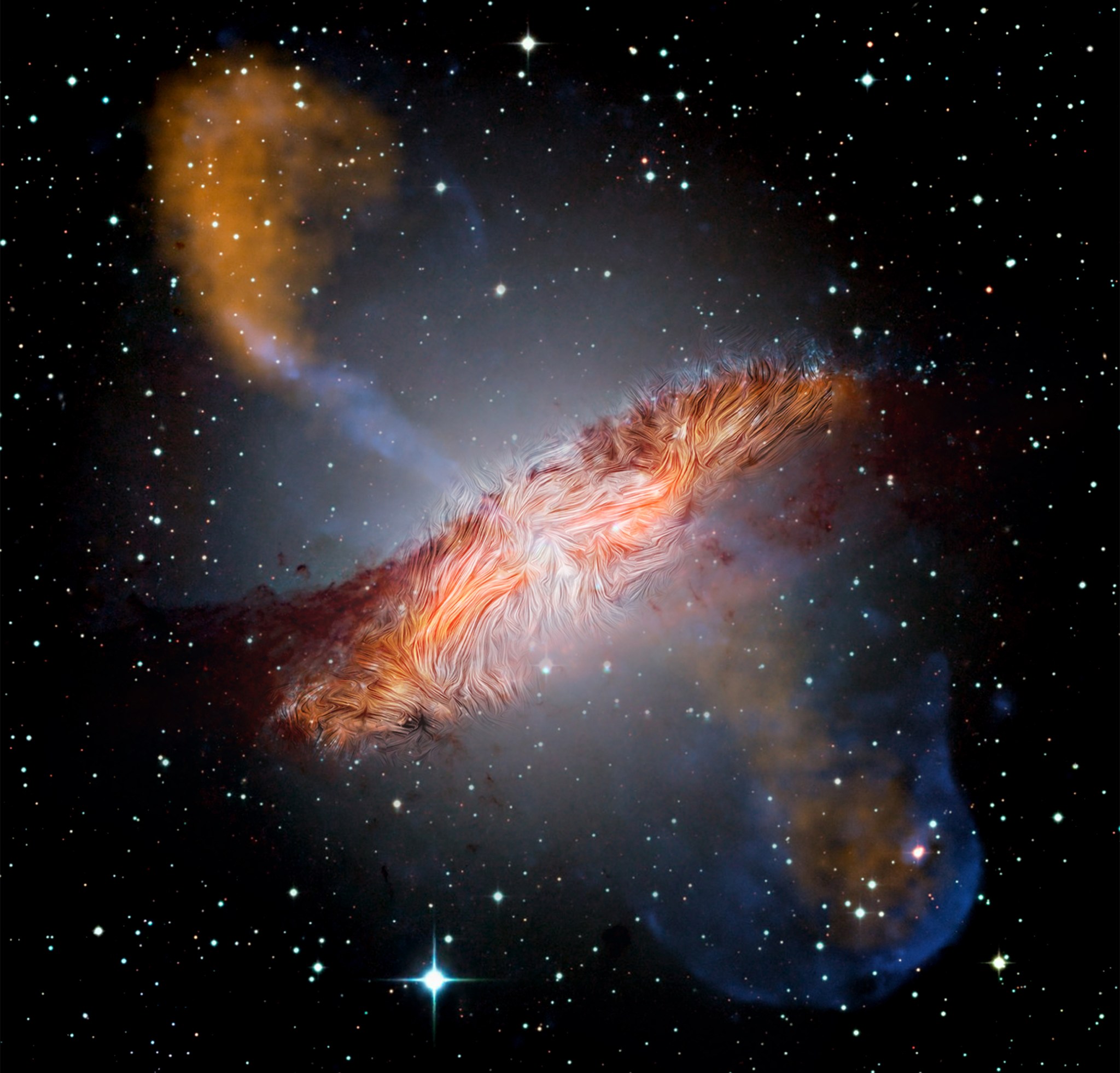
New Way to Study Earth’s Atmosphere, Climate
Flying at 38,000 to 45,000 feet, SOFIA soared above 99.9% of the water vapor in Earth’s atmosphere that obscures infrared observations from the ground. But the telescope still peered through the upper reaches of our atmosphere.
After developing ways to work with SOFIA data on this hard-to-study region, researchers were able to make direct measurements of atomic oxygen in Earth’s upper atmosphere.
Studying other atmospheres was already in SOFIA’s wheelhouse. Observing the occultation of a star by Neptune’s moon Triton revealed secrets of its atmosphere, while a challenging set of observations of Venus could help shed light on reports of phosphine, a potential biomarker for microbial life, in that planet’s atmosphere.
By observing in infrared light, SOFIA revealed secrets of star formation that would otherwise have remained hidden inside massive clouds of gas and dust.
One major area of research for SOFIA involved an effect called “feedback,” where stars either help or hinder the creation of more stars in their neighborhood. Using SOFIA’s data, researchers found that a stellar wind in the Orion Nebula is clearing a bubble free of material needed to form new stars, while, in another nebula, the original star is triggering the birth of new generations.
Astronomers learned all these things and many more as SOFIA explored the universe from 40,000 feet. Even as the mission winds down, making way for the next chapter in infrared astronomy, the discoveries made from the observatory’s data will go on. SOFIA’s legacy and that of the entire team who made the mission fly is to have taught humanity more about the cosmos and inspired others to do the same.
SOFIA was a joint project of NASA and the German Space Agency at DLR. DLR provided the telescope, scheduled aircraft maintenance, and other support for the mission. NASA’s Ames Research Center in California’s Silicon Valley managed the SOFIA program, science, and mission operations in cooperation with the Universities Space Research Association, headquartered in Columbia, Maryland, and the German SOFIA Institute at the University of Stuttgart. The aircraft was maintained and operated by NASA’s Armstrong Flight Research Center Building 703, in Palmdale, California. SOFIA achieved full operational capability in 2014 and concluded its final science flight on Sept. 29, 2022.

























